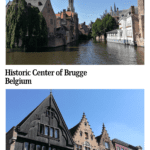Historic Centre of Brugge
By Kristy Brandt
What is the Historic Centre of Brugge?
Brugge (also often written as Bruges) is a city in Belgium that is also the capital of the West Flanders region. The central part of the city is filled with remains of its medieval past, which makes it very pretty and romantic, as well as interesting for architecture aficionados.
Disclosure: This article contains affiliate links. Making a purchase through an affiliate link will mean a small commission for this website. This will not affect your price. Privacy policy.
It shares the name “Venice of the North” with some other canal-based cities (like Amsterdam) because of its many picturesque canals. Bruges is particularly popular for visitors over the Christmas period but most of the main attractions can be visited year-round.
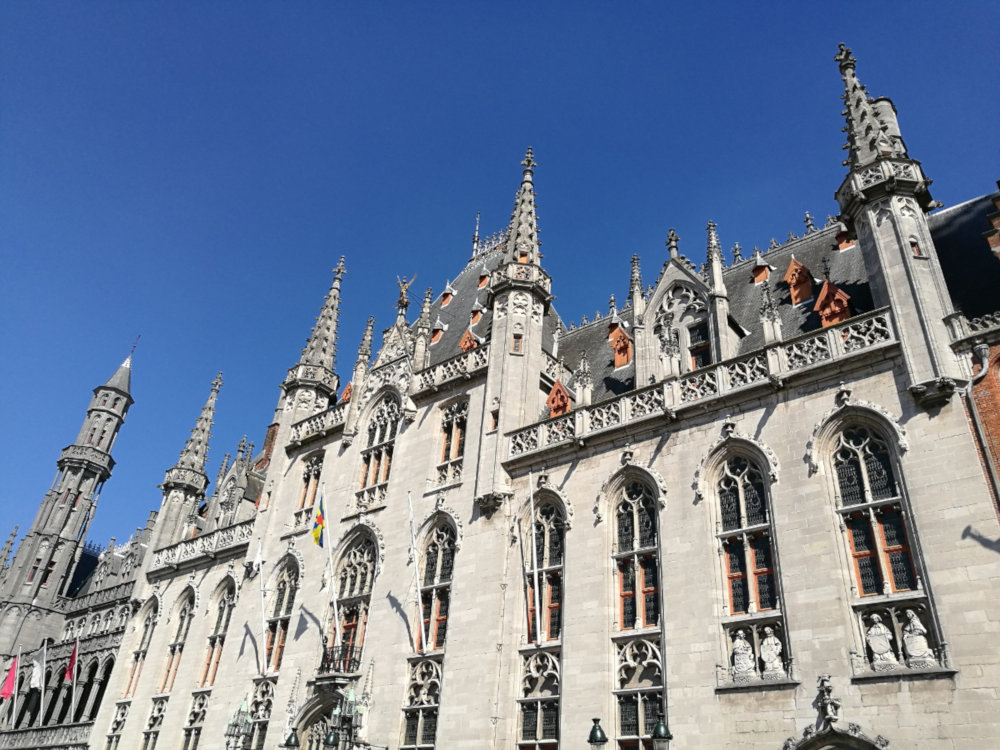
Why is the Historic Centre of Brugge a UNESCO World Heritage site?
In 2000 it was designated as a UNESCO World Heritage Site because its well-preserved architecture “bears testimony to a considerable exchange of influences on the development of architecture, and particularly brick Gothic architecture, over a long period of time.”
Additionally, the many notable medieval buildings remain “an outstanding example of an architectural ensemble” as “the city’s public, social and religious institutions illustrate significant stages in the history of commerce and culture in medieval Europe.”
Basically, Bruges is an almost perfectly preserved medieval town, so you get a much better feel for the history of the area than in Brussels or Antwerp, which have sections of preserved history, but are much more modern in general.
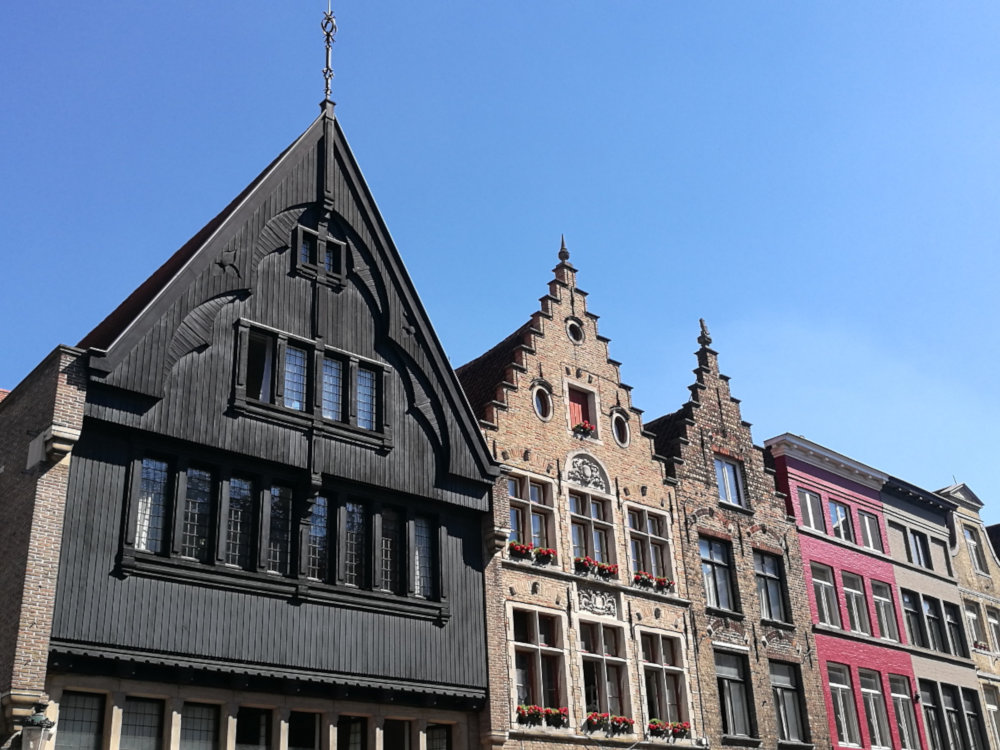
What can you expect on a visit to Brugge?
Bruges is one of those quintessential European cities filled with beautiful old buildings, cobbled streets and pretty canals. If you visit in winter you can expect a very cosy atmosphere for drinking mulled wine and eating Belgian waffles.
Most travelers tend to visit Bruges in winter, but it’s also stunning in summer as well (plus a lot warmer!). Summer is also much nicer for going on a canal cruise and exploring the parks. The historic city center can get quite busy though (at any time of year), so expect plenty of other tourists.
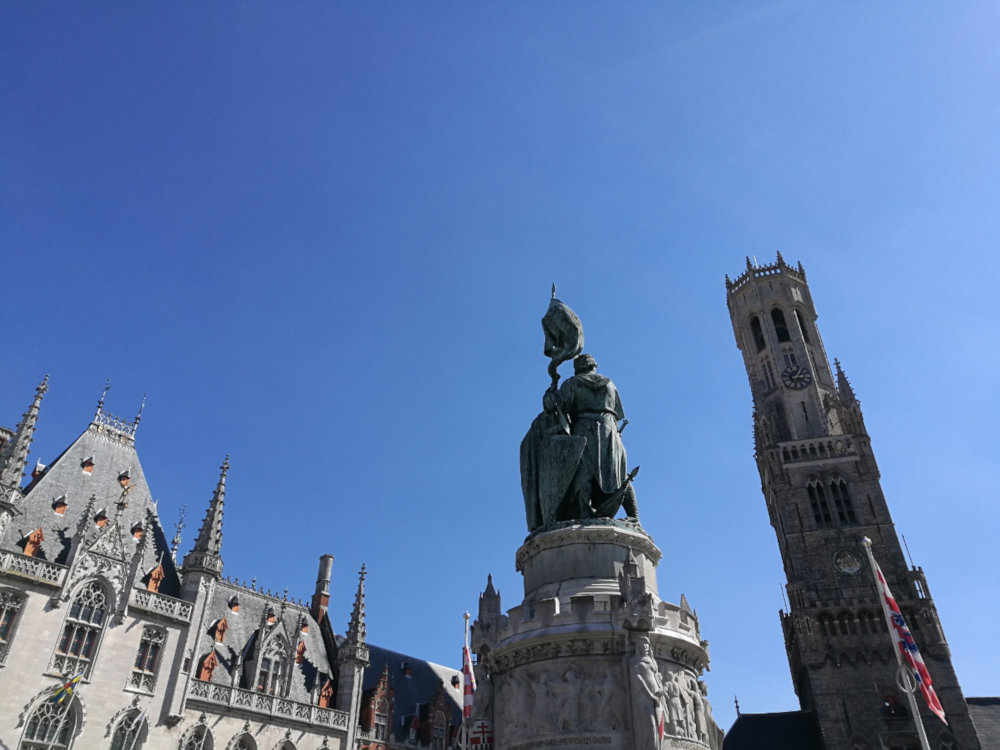
Is Brugge worth visiting? What sorts of travelers would like it?
Bruges is definitely worth visiting if you will be in Belgium, especially for travelers who like beautiful old European cities, architecture and history. Popular attractions include the main market square, Town Hall, Belfry, Basilica of the Holy Blood (which reputedly holds a drop of Christ’s blood), multiple churches and museums.
You could visit it as a day trip from Brussels or Paris but if you really want to explore all it has to offer, an overnight stay (or even a couple of nights) would allow you to properly bask in its charm.
Use the map below to book accommodations in the historic center:
Bruges is particularly romantic for couples, but just as fun for traveling friends or solo sightseers. Even travelers who aren’t as much into architecture or museums will still find Bruges’ many excellent bars, breweries, cafés and chocolate stores interesting!
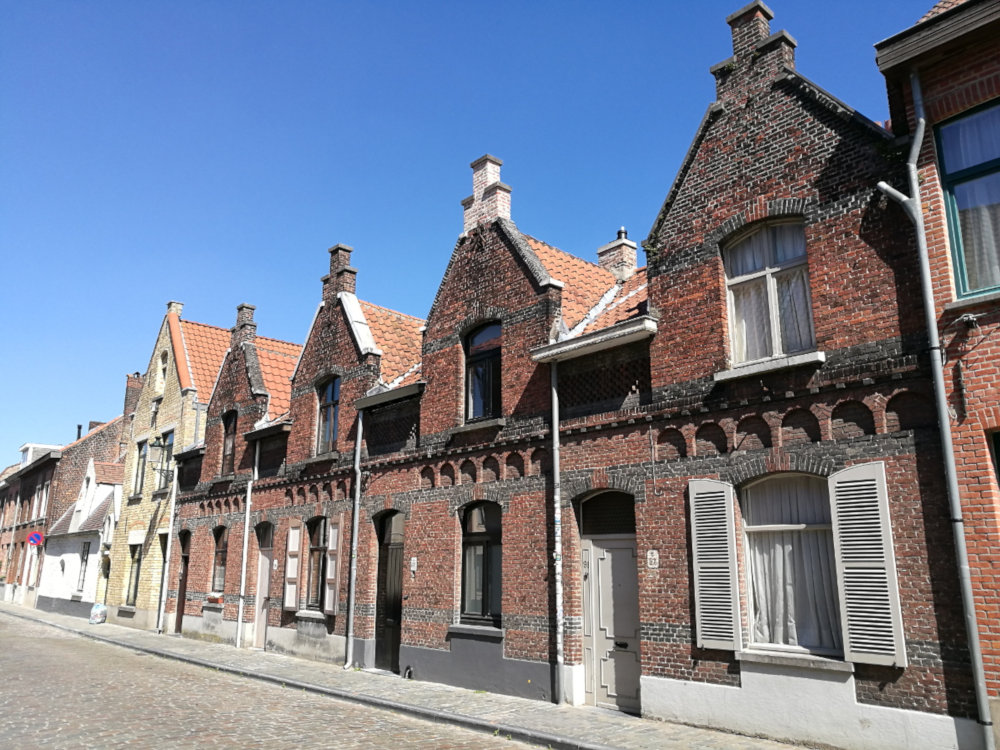
Tips for visiting Brugge
- Go early if you want to avoid crowds! Brugge is popular any time of the year, so if you want to visit any of the museums or do a canal cruise, be prepared for them to be quite busy. Timing your visit for a weekday can also mean it’s slightly less busy.
- Don’t skip the canal cruise, but maybe do one first thing before it gets really busy and then explore the city on foot. Make sure you also get out of the city centre to see the quieter areas and parks that are still just as beautiful.
- Make sure you try some of the Belgian delicacies that Brugge has in abundance, especially fries, chocolate (including hot chocolate), waffles and beer!
- There’s also a chocolate museum (with free samples) called ChocoStory that’s definitely worth visiting.
- While in Brugge, consider also visiting the Béguinage de Bruges, one of the Flemish Béguinages.
- Watch the movie “In Bruges” before you go as it’s both a good movie and will get you excited about seeing the beautiful spots in real life!
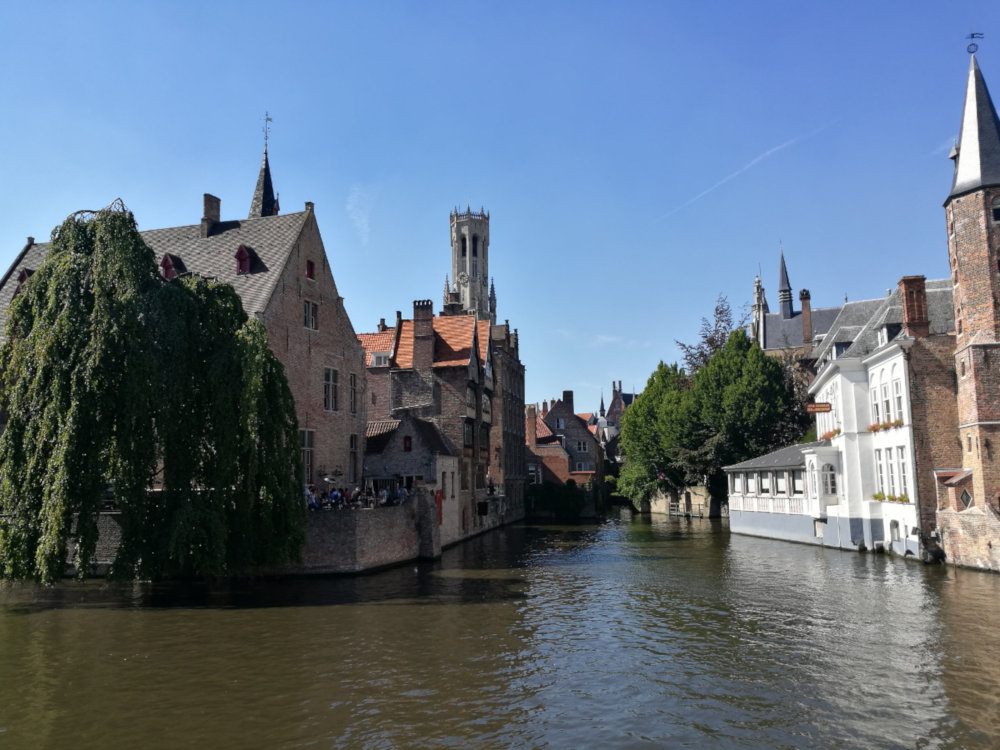
Where is Brugge?
Brugge is located in the west of Belgium not far from the coastline. If you type Bruges into any GPS or Google maps you will easily be able to find it.
If you are traveling by car, Brugge is located about a 50-minute drive from Ghent and an hour and a half drive from either Antwerp or Brussels, though traffic jams can make the drive longer. There are free car parks around the edges of the city, where you can then either walk or take public transport into the city centre – have a look at this website for more information on parking.
Alternatively, you can catch a train to Bruges from many major cities in Europe if you are travelling only with public transport. From Brussels to Bruges the train takes about an hour, from Antwerp it takes around an hour and 25 minutes, while from Ghent the train only takes 22 minutes. You can even reach Bruges from as far away as Amsterdam or Paris via a couple of trains in less than four hours!
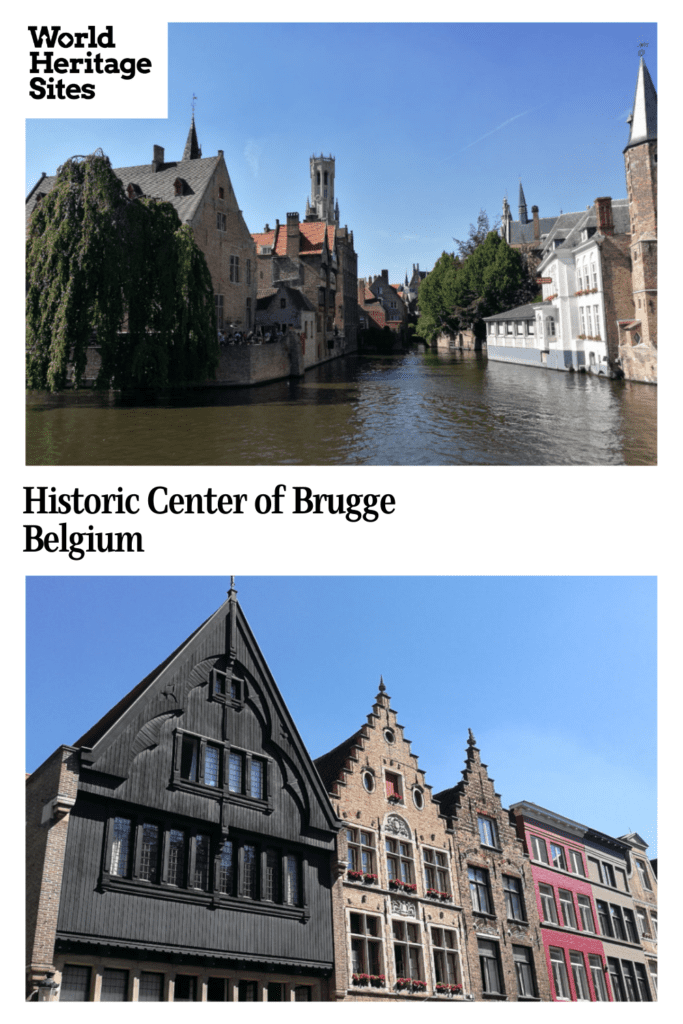
For more information about the Historic Centre of Brugge, see its official website.
Have you visited Brugge? If so, do you have any additional information or advice about this UNESCO World Heritage site? Please add your comments below!

